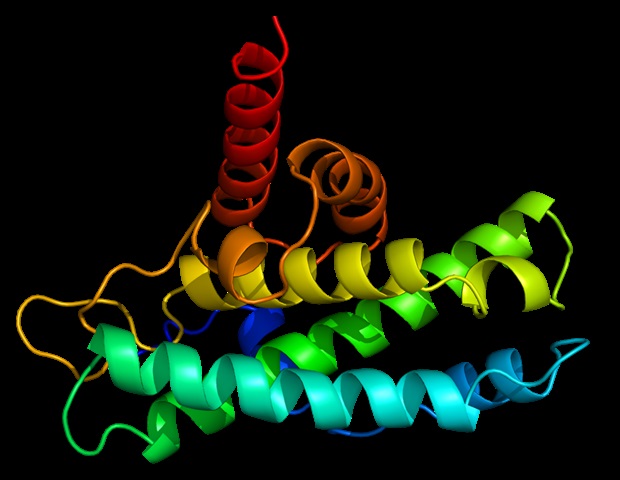
Scientists found years in the past that the hypothalamus – which helps to handle physique temperature, starvation, intercourse drive, sleep and extra – consists of neurons that specific the protein opsin 3 (OPN3). Far much less clear, nevertheless, was what this light-sensing protein does so deep contained in the mind.
A examine printed in PNAS means that OPN3 performs an vital function in regulating meals consumption.
Our outcomes uncover a mechanism by which the nonvisual opsin receptor OPN3 modulates meals consumption by way of the melanocortin 4 receptor MC4R, which is essential for regulating power steadiness and feeding conduct. This discovering is fascinating as a result of loss-of-function mutations in MC4R are a identified genetic explanation for weight problems in people.»
Elena Oancea, professor of medical science, Carney Institute for Mind Science, Brown College
The examine was led by Hala Haddad, who carried out the analysis whereas a Ph.D. scholar after which postdoctoral analysis affiliate at Brown, with senior authors Oancea and Richard Lang, director of the Visible Programs Group at Cincinnati Youngsters’s.
The analysis crew reported that OPN3 capabilities along with MC4R and the Kir7.1 potassium channel to control sure cell indicators in addition to neuronal firing in a key space that controls power steadiness. Notably, when mice have been engineered to lack OPN3 on this a part of the hypothalamus, they ate considerably much less and have been much less energetic than management mice.
«We’re very excited to have, for the primary time, a mobile mechanism of what OPN3 is doing within the mind,» Oancea stated.
Opsin 3 has been the main target of analysis in Oancea’s lab for nearly a decade, and the crew has found that it’s current in melanocytes, the place it capabilities in pigmentation, and has developed a mouse mannequin to determine the precise mind areas the place this protein is expressed. Researchers in Lang’s lab have additionally been learning OPN3 in fats tissue and within the mind, primarily utilizing mouse genetics instruments. The 2 analysis groups began collaborating round 2020.
Whereas their findings add an vital perception into the operate of OPN3, the researchers stated extra examine is important to deal with whether or not the mechanism additionally performs in comparable methods within the human mind.
«Whereas we recognized the mechanism and performance of OPN3 on this area of the hypothalamus, how this receptor works in different areas of the mind stays elusive,» Oancea stated. «There should be a typical paradigm for OPN3 operate in numerous areas, and we’re nonetheless in search of that.»
Furthermore, «the present evaluation doesn’t resolve the query of whether or not OPN3 can operate as a lightweight sensor within the mouse mind,» Lang stated. «That is still to be addressed in future research.»
The regulation of consuming conduct and physique weight is extraordinarily advanced, Oancea stated.
«Determining how you can deal with these advanced points requires a broader understanding of the mobile processes concerned,» she stated.
This examine was supported by the Brown College Imaging Facility and Microscopy Core, and the Transgenic Animal and Genome Enhancing Core at Cincinnati Youngsters’s. Funding for the analysis got here from the Nationwide Institutes of Well being (R01AR076241, R01EY027077, R01EY032029, R01EY032752, R01EY032566 and R01EY034456) and the Nationwide Science Basis, amongst different sources.
Supply:
Journal reference:
Haddad, H. Ok., et al. (2025) Hypothalamic opsin 3 suppresses MC4R signaling and potentiates Kir7.1 to advertise meals consumption. PNAS. doi.org/10.1073/pnas.2403891122.

